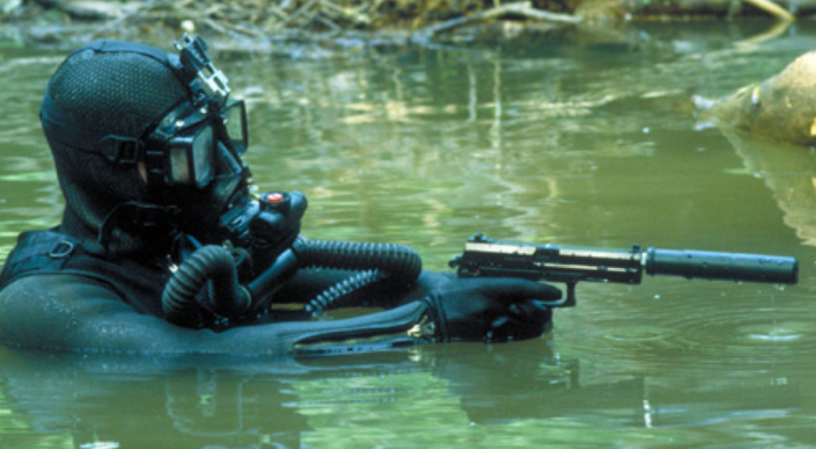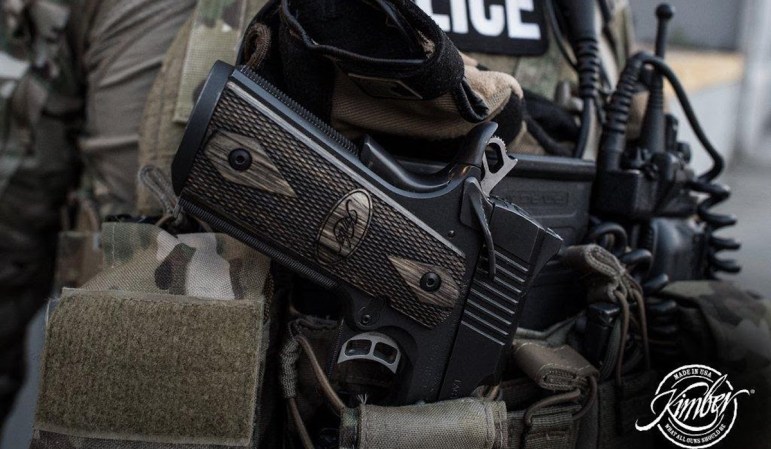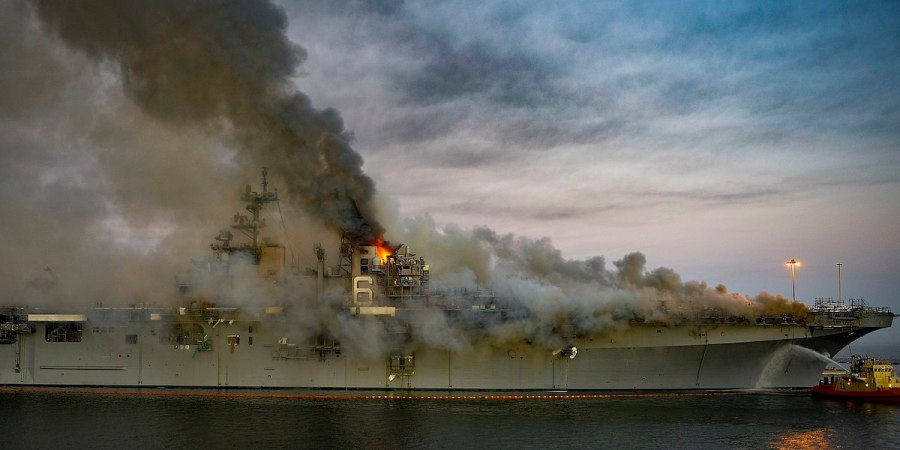
When thinking about 18th and 19th century weaponry, the standard perception is of cumbersome muskets loaded standing up and only the skilled and lucky getting off as many as three rounds in a minute. But an innovative air-powered semi-automatic rifle developed by an Austrian watchmaker in 1779 or 1780 served several armies for decades, and even played a role in the Lewis and Clark Expedition.
Bartholomaus Girandoni, an watchmaker from the Austrian Empire province of Tyrol, had developed an innovative form of firearm, especially for the technological limitations of the time. A pressurized container of air, in the form of a removable stock, would propel a .46 calibre musket ball at speeds comparable to modern day handguns. A tube magazine, typically holding more than 20 rounds, fed through a manual switch.
The weapon was pointed upward and a switch was pressed to reload. Considering that standard muskets at the time required the operator to be standing while reloading, this let soldiers keep low to the ground, presenting a much smaller target and allowing them to stay under cover. It was comparable in range, accuracy, and penetration to a standard musket.
A soldier armed with the rifle typically carried three air tanks and a hundred lead shot in a special leather case.The air canister was good for perhaps 30-40 effective shots, with range and accuracy dropping as the pressure went down. An additional benefit was that it was much quieter than gunpowder based weapons.
A semi-automatic weapon of this level of effectiveness was basically unknown, and the Austrian Army eagerly adopted the design. It saw extensive action in the Napoleonic Wars, and was used for over 30 years.
Thomas Jefferson, who always had a keen interest in inventive new technology, purchased several of the rifles. One of them was carried by the legendary Lewis and Clark expedition, whom demonstrated the rifle to American Indian tribes they met along the way. The Indians were impressed with the weapon’s firepower and it’s much quieter report than a standard musket.

But the weapon had a number of disadvantages. Recharging a canister could take over 1,500 cranks from a small hand pump, though larger horse drawn recharge stations were often used. The weapon was complex and easily damaged, and the leather seals connecting the tank to the gun had to be kept wet in order to prevent leaks. Compared to the relative simplicity of regular muskets, it required a lot of training to maintain and suffered from serious reliability issues.
The weapon was simply too complex for the technology at the time, and in mass production suffered from too many defects and expense. The conscript armies of the period needed simple weapons that could be built and maintained anywhere, and it was never widely adopted by other European armies.
Though it was phased out by 1815, the weapon’s technology was unique, and an infantry weapon of similar capabilities in sustained rapid fire were not seen again for 50 years. In the end, it’s real flaw is that it was ahead of it’s time.
More here.


















